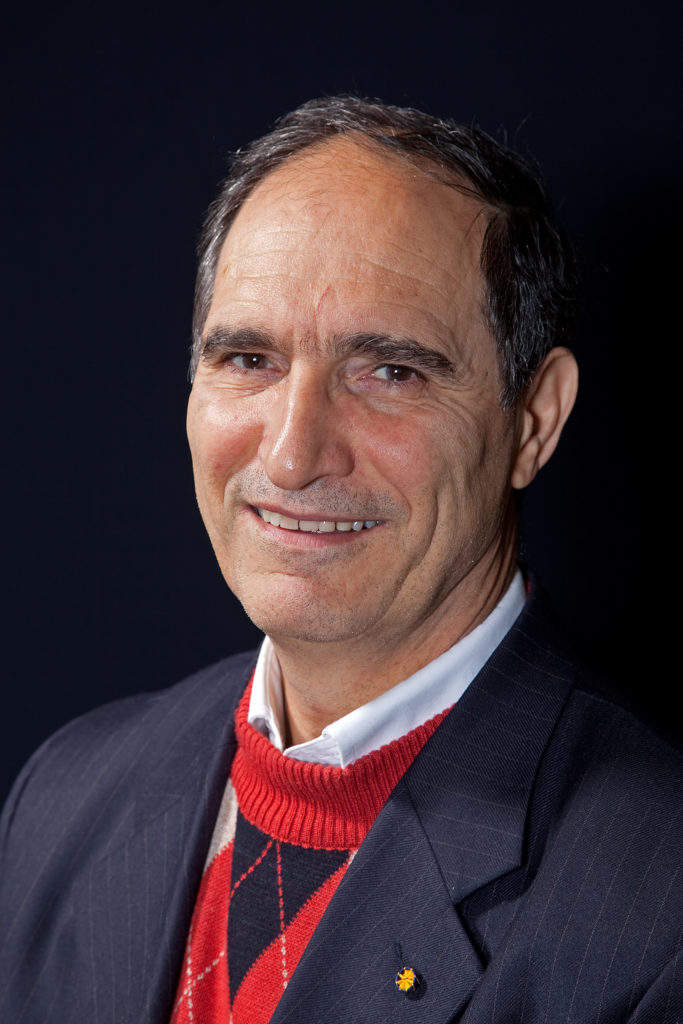Welcome to the next lecture in the PoreLab Lecture Series for the semester.

Who: Professor Majid Hassanizadeh, from the SimTech Center of Excellence at Stuttgart University, Germany and the Earth Sciences Department at Utrecht University, Netherlands
When: Wednesday 31 May at 13:00 (Oslo time)
Where: on zoom https://uio.zoom.us/j/65837085049?pwd=WjZianUyN3FJa2liQkxBbzQrOCtGdz09
Title: Two-phase flow in industrial porous media; Experiments, theory, and modelling
Abstract:
Various industrial processes involve two-phase flow in porous media. Examples are found in fuel cells, filtration, paper, food, concrete, ceramics, moisture absorbents, and membranes, to name a few. The common practice in modelling flow and transport in such porous media is to employ the concepts,
models, and algorithms developed in geosciences. However, many industrial porous media are significantly different from soil, and flow and transport processes occur in different regimes. Some major examples are:
- Constitutive relations (e.g., capillary pressure curve) are obtained under equilibrium conditions whereas many industrial flows are very fast.
- Porous media in geosciences are usually hydrophilic; in industrial processes they can be completely or partially hydrophobic.
- Electrochemical reactions usually do not influence flow in geosciences. Often not so in certain industrial processes (e.g. fuel cells, filtration, food industry)
- Industrial porous media often have the form of a (stack) of very thin porous layers. Requirements for the validity of 3D average theories of flow and transport are not satisfied in such thin layers.
- Industrial porous media often have a very wide range of porosity values (1 to 90%).
- Soils/rocks usually have granular packings; industrial porous media have much more complex topologies (e.g., fibrous, planar, and combinations)
- Deformations of soils/rocks are negligible or slow; so, the solid matrix doesn’t change much. Often large deformations are encountered in industrial porous media, and the solid matrix may change drastically.
There is a clear need for developing theories, models, and measurement techniques specifically applicable to industrial porous media. In this presentation, we highlight the special features of industrial porous media through the discussion of results or studies of two industrial applications: penetration of ink into paper and the distribution of liquids in diapers. We also discuss how the formulation of two-phase flow in such systems should be modified.
